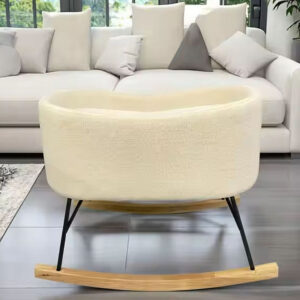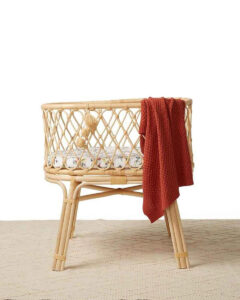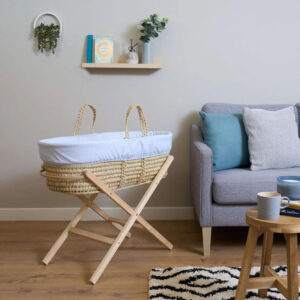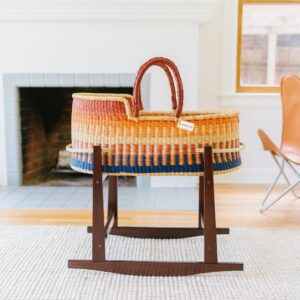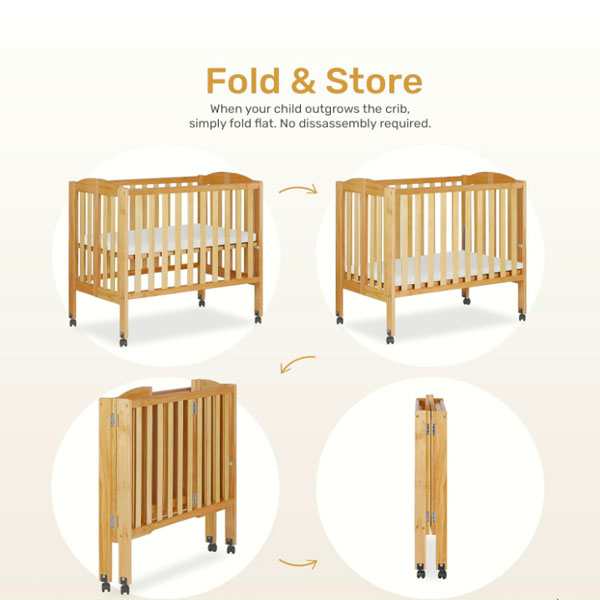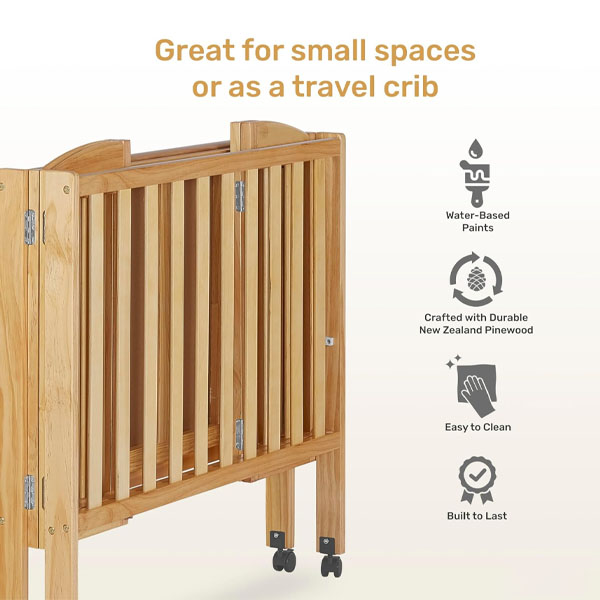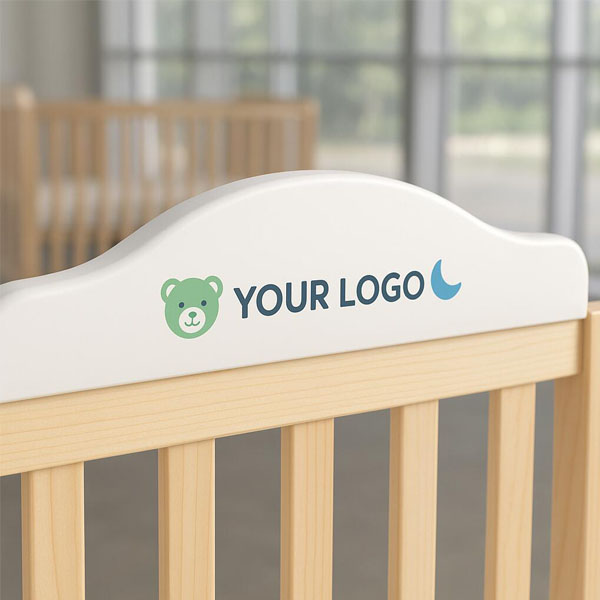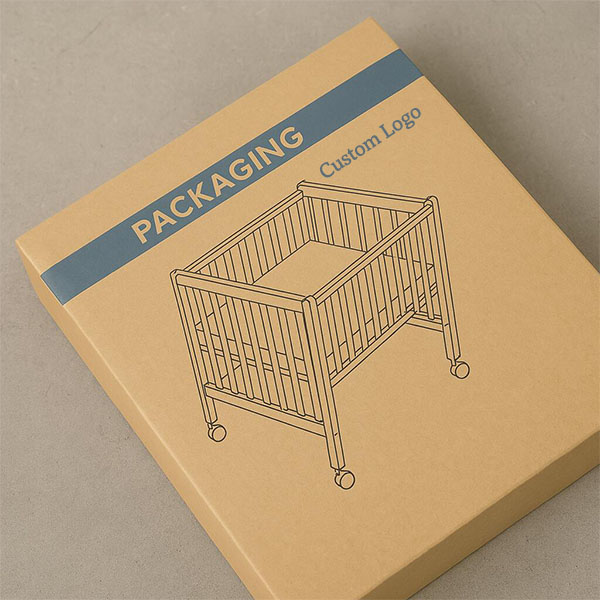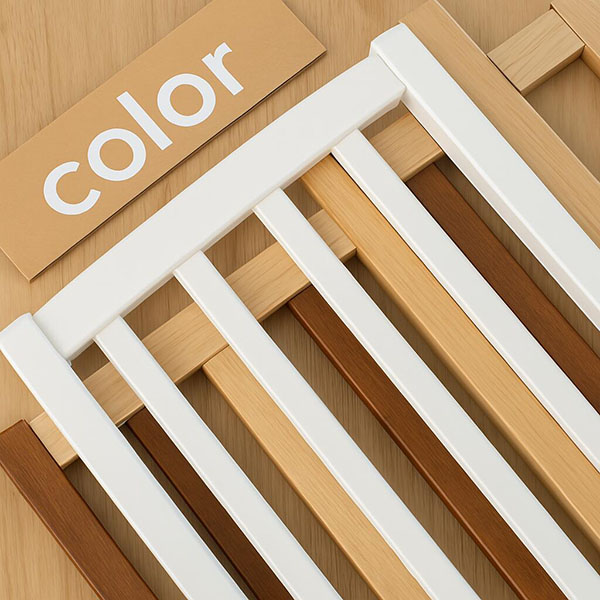How to get rid of mold on butcher block?
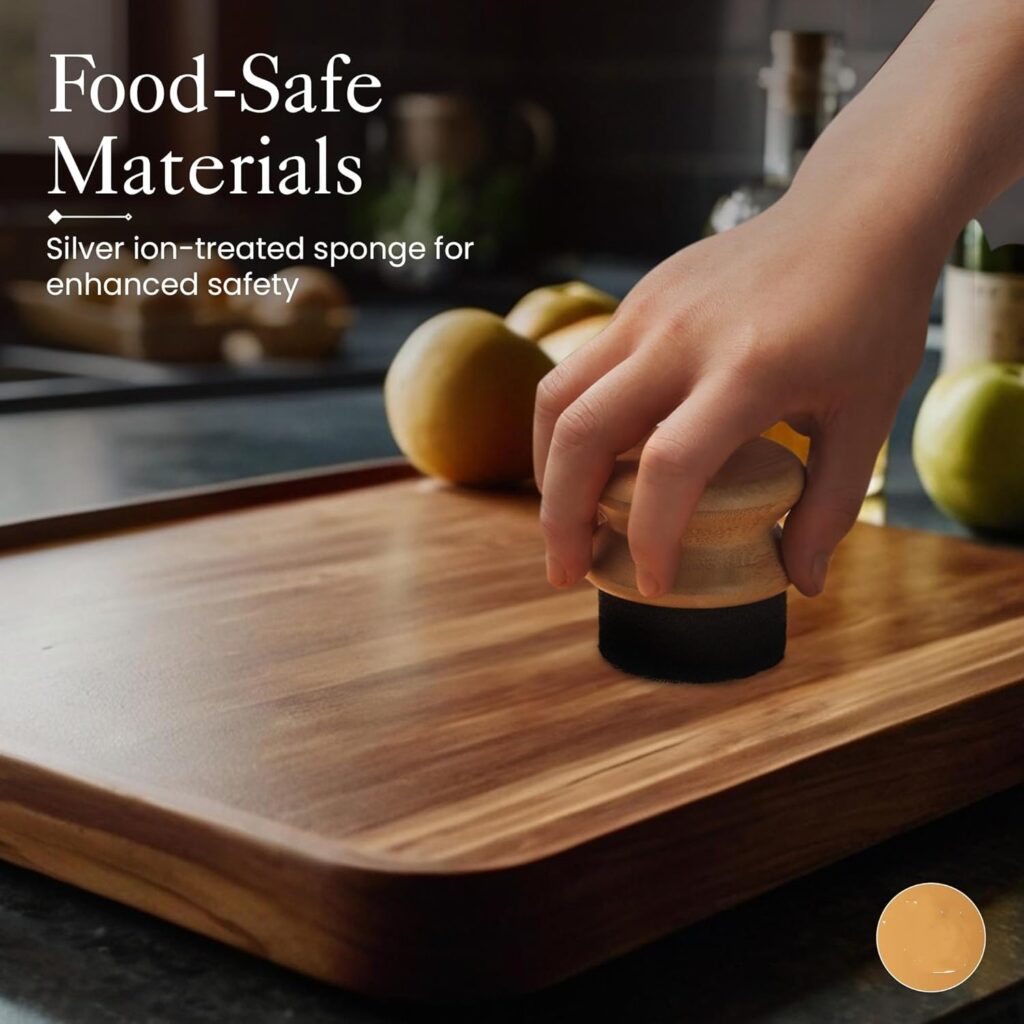
1. Safety First: Wear Protective Gear
Before you start, wear gloves and a mask to avoid inhaling mold spores or getting them on your skin.
2. Scrape Off Surface Mold
Use a plastic scraper or spatula to gently remove visible mold from the surface. Avoid using metal scrapers, as they may damage the wood.
3. Apply a Vinegar Solution
- Mix equal parts of white vinegar and water in a spray bottle.
- Spray the affected area and let it sit for 10–15 minutes.
- Scrub with a soft-bristle brush or sponge.
💡 Why vinegar? Vinegar is a natural antifungal agent that kills mold without harsh chemicals.
4. Use Baking Soda for Deep Cleaning
- Sprinkle baking soda over the affected area.
- Scrub with a damp sponge or brush to lift stubborn mold stains.
- Wipe with a clean, damp cloth.
💡 Baking soda neutralizes odors and absorbs moisture, preventing mold regrowth.
5. Disinfect with Hydrogen Peroxide (For Stubborn Mold)
- Mix 3% hydrogen peroxide with water (1:1 ratio).
- Apply it to the moldy spots and let it bubble for 10 minutes.
- Wipe clean with a damp cloth.
💡 Hydrogen peroxide penetrates wood pores and kills mold spores effectively.
6. Dry Thoroughly
- Use a clean, dry towel to wipe the surface.
- Allow the butcher block to air dry completely.
- Place in a well-ventilated area to prevent future mold growth.
7. Apply Mineral Oil or Beeswax (Prevention Step)
Once the butcher block is completely dry, apply food-grade mineral oil or beeswax to seal the wood and prevent moisture buildup.
8. Prevent Future Mold Growth
- Keep the butcher block dry after use.
- Sanitize regularly with vinegar or lemon juice.
- Ensure proper ventilation in the kitchen.
- Use a dehumidifier if humidity levels are high.
By following these steps, you can safely remove mold from your butcher block and prevent it from returning. 😊

